BioByte 023: gene drives, a new turing test for neuroAI, AlphaFold2 and protein-protein interactions, making science disruptive again
Welcome to Decoding Bio, a writing collective focused on the latest scientific advancements, news, and people building at the intersection of tech x bio. If you’d like to connect or collaborate, please shoot us a note here or chat with us on Twitter: @ameekapadia @ketanyerneni @morgancheatham @pablolubroth @patricksmalone. Happy decoding!
What we read
Blogs
Gene Drives are Coming [Derek Lowe, 2023]
A gene drive is a genetic engineering technique that promotes the inheritance of a specific gene or set of genes within a population. By increasing the likelihood that a desired genetic trait is passed onto offspring, gene drives can rapidly spread these traits through a population via a process of “unnatural” selection. The advent of CRISPR-Cas9 technology has renewed interest in gene drives as a potential tool for eliminating pathogens.
While gene drives offer potential benefits, such as disease resistance or population control, there are risks associated with their use. Organisms may develop mutations that render the gene drive ineffective, or a gene drive may spread beyond the intended population. Confinable gene drives (limit the spread of the gene drive through various strategies, such as conditionally activated gene drives that only work in certain geographical environments) and toxin-antidote gene drives (combines a toxin and antidote gene with the desired gene, and only offspring that inherit all 3 propagate) have been proposed to address these concerns, but there are still potential issues with confinement and effectiveness. As gene drive research advances, particularly in the context of mosquito species that transmit malaria, there is a focus on designing controlled trials to study the technology's potential benefits and risks. Despite potential pitfalls, gene drives are considered too valuable to ignore, as they could lead to the elimination of diseases and the control of invasive species.
Biden-Harris Administration Announces New Bold Goals for Biotechnology and Biomanufacturing [White House, 2023]
After announcing the Bioeconomy and Biomanufacturing initiatives last year, the White House released an Executive Order outlining specific goals. In it, they discuss the need for carbon dioxide removal, decarbonization, and designing for sustainability with regards to materials, agricultural practices, and supply chain. This plan also covers biosecurity. We expect this increased attention from Washington to strengthen the synbio and bioeconomies. Combined with the IRA, there is now real economic incentive to prioritize bio-related decarbonization efforts and collaborating between private and public entities. For example, Resilience just netted a $410M loan from the Department of Defense in advance of an expected increase in biomanufacturing capacity.
Women Build Strength in Numbers [Nature Biotechnology, 2023]
Gender equality in biotech has come a long way. An estimated 40-50% of employees at biotech companies are women (in the UK, US, and Europe). There are also consistent reports showing an increasing number of female graduates in biotech-related fields, which depending on the university and field, sometimes outnumbers the number of male graduates.
So while we can celebrate the number of women in the field of biotech, the inequality becomes apparent when you look at leadership. Around 20% of biotech C-Suites are made up of women and the number drops more when you look at the number of women who are founders. The authors found this statistic to stay fairly consistent over the last few years…and unlike some other fields, it’s not because of a lack of candidate pool. Overall, biotech isn’t insulated from the same workplace gender inequality biases that affect other industries despite having a diverse talent pool to choose from. Slowly, this is starting to change with more programs, peer-connect, and examples of other women leading the way…but there is certainly room to accelerate.
Overscienced but Underfunded: Research Triangle, NC (Durham, Raleigh, Chapel Hill)
In a new series from
, innovation in underappreciated but emerging scientific hubs is highlighted, including resources for ambitious scientist-entrepreneurs in underfunded geographies. First up is the Research Triangle, a hub for gene therapy, biomanufacturing, and AgTech.Make science disruptive again [Yanai et al., Nature Biotechnology, 2023]
What is causing the rate of scientific innovation to slow down? The authors believe that the culture of science has gradually transitioned toward a more executive and results-oriented approach. In this mode, there is little time for more exploratory topics, which contributes to a less creative environment for transformative science. This has led to siloed disciplines and strategic research, which emphasizes predictability rather than unexpected results. Yanai et al. explore how we can reverse this culture and celebrate intuition and unpredictability over strategy.
Academic papers
Catalyzing next-generation Artificial Intelligence through NeuroAI [Zador et al., Nature Communications, 2023]
Why it matters: Neuroscience has long been an important source of inspiration for AI. In this perspective piece, a group of heavyweights in the neuroscience and AI fields argue for the a new embodied Turing test that emphasizes sensorimotor interaction with physical environments to continue to drive progress towards human-level AI. Through the history of AI, neuroscience has been an important driver of progress and source of inspiration for methodological advances. Efforts to build an artificial brain in the 1940s inspired the von Neumann computer architecture, which is still relevant for computers today. Nobel-prizing winning work on the visual system in cats by computational neuroscientists Hubel and Wiesel inspired convolutional neural networks, which have served as the workhorse algorithm for computer vision since the development of AlexNet in 2012. Finally, the development of reinforcement learning (which served a critical role in DeepMind’s AlphaGo algorithm, as well as in OpenAI’s GPT system which uses reinforcement learning from human feedback) was directly inspired by studies of animal behavior and learning.
There is little doubt that progress in AI has been rapid and impressive. But whether continuing to scale-up transformer-based architectures will lead to AGI or human-level AI is still an open question. Another breakthrough (or several) may be required, and the emerging field of NeuroAI will play an important role. The author’s of this perspective piece propose a new benchmark called the embodied Turing test to help guide this work. The embodied Turing test is an extension of the original Turing test, and involves AI agents interacting with the sensorimotor world. The test shifts the focus from things like game playing and language, to more sensorimotor-based tasks that engage an AI agents environment, such as testing an AI’s ability to navigate a complex physical environment. By grounding AI in real-world experiences, it will develop mental models of the world, physical common-sense, and causal reasoning.
How might we build an artificial system that can solve the embodied Turing test? One strategy is by incrementally solving different tasks, similar to evolution. First, achieve goal directed movement towards food and away from threats. Next, evolve the ability to combine multi-modal sensory streams to guide these movements. And so on. The idea is that more complex cognition emerges from the neural circuits responsible for these more basic sensorimotor tasks. The hard part will be building systems that match the perceptual and motor abilities of animals, and then the subsequent step to human-level intelligence will be more straightforward.
Finally, a call to action. To achieve these goals, we need:
A new generation of AI researchers that are well versed in both engineering/computational science and neuroscience.
Shared platform for the development and validation of these virtual agents.
Support for fundamental theoretical and experimental research on neural computation.
AlphaFold2 and its applications in the fields of biology and medicine [Yang et al., Nature Signal Transduction and Targeted Therapy, 2023]
In this extensive review, the authors explore in detail the underlying structure of the model, its advantages and limitations versus other methods to solve protein folding problems and which applications of AF2 live up to the hype.
A highlight for us was the exploration of AF2 as a predictor for protein-protein interactions. Whilst multimeric models were relatively accurate* in predicting heteromeric and homomeric interfaces, the model was not able to predict antibody- and T-cell receptor-antigen binding from amino acid sequences, which could be of important utility in drug development. This shows the issues with AF2 handling adaptive immune recognition interfaces.
* For heteromeric interfaces, they successfully predicted the interface in 67% of the cases, and 23% of the cases were predicted with high accuracy. For homomeric interfaces they effectively predicted the interface in 69% of cases, and produced high accuracy predictions in 34% of cases.
What we listened to
Notable Deals
ArriVent Biopharma Closes $155 Million Oversubscribed Series B Financing
MIG Capital leads €13 million Series A financing of microbiome therapeutics biotech mbiomics
Flare fires up with $123M series B to target transcription factors with 3 Big Pharmas in tow
Cocoon Bioscience closes $16m round to turn moths into bioreactors for cultivated meat
EpiBiologics Raises $50M in Series A Financing
Pragma Bio is searching for cancer treatments hidden in our microbiome
Cognito Therapeutics raises $73M for non-invasive neuromod tech
In case you missed it
The Age of AI has begun, Bill Gates
What we liked on Twitter

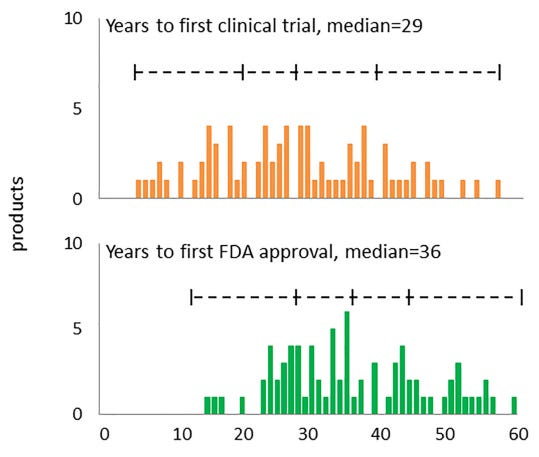


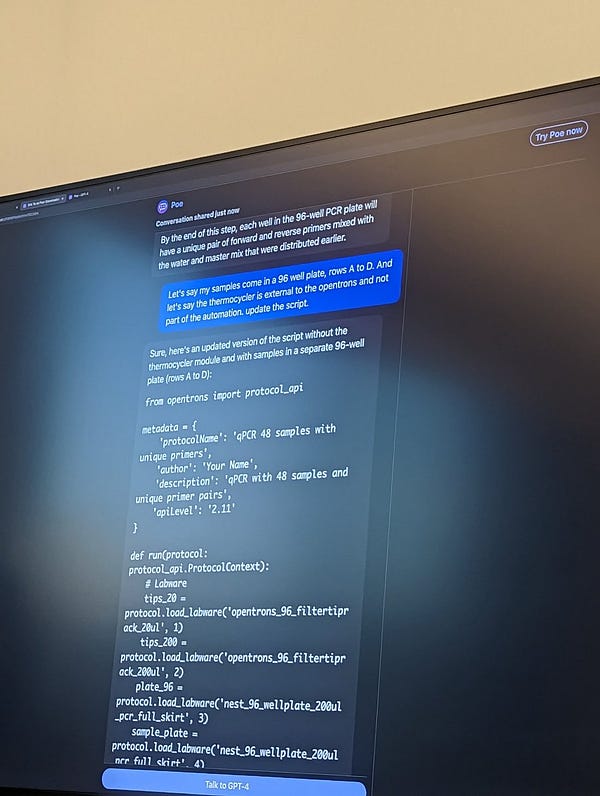

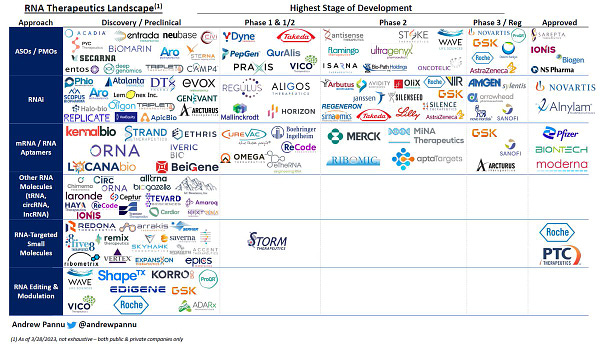

Events
Field Trip

Did we miss anything? Would you like to contribute to Decoding Bio by writing a guest post? Drop us a note here or chat with us on Twitter: @ameekapadia @ketanyerneni @morgancheatham @pablolubroth @patricksmalone








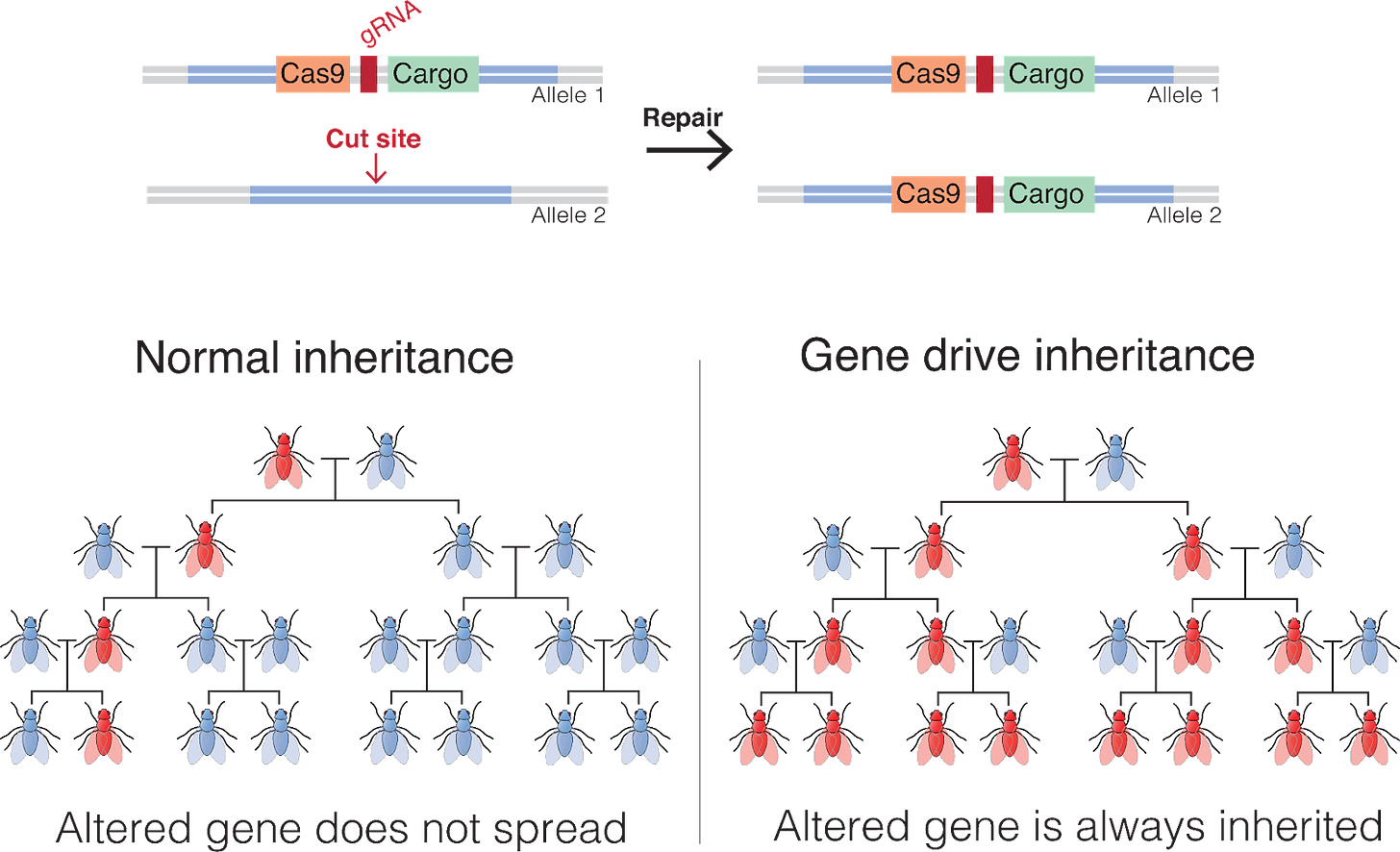

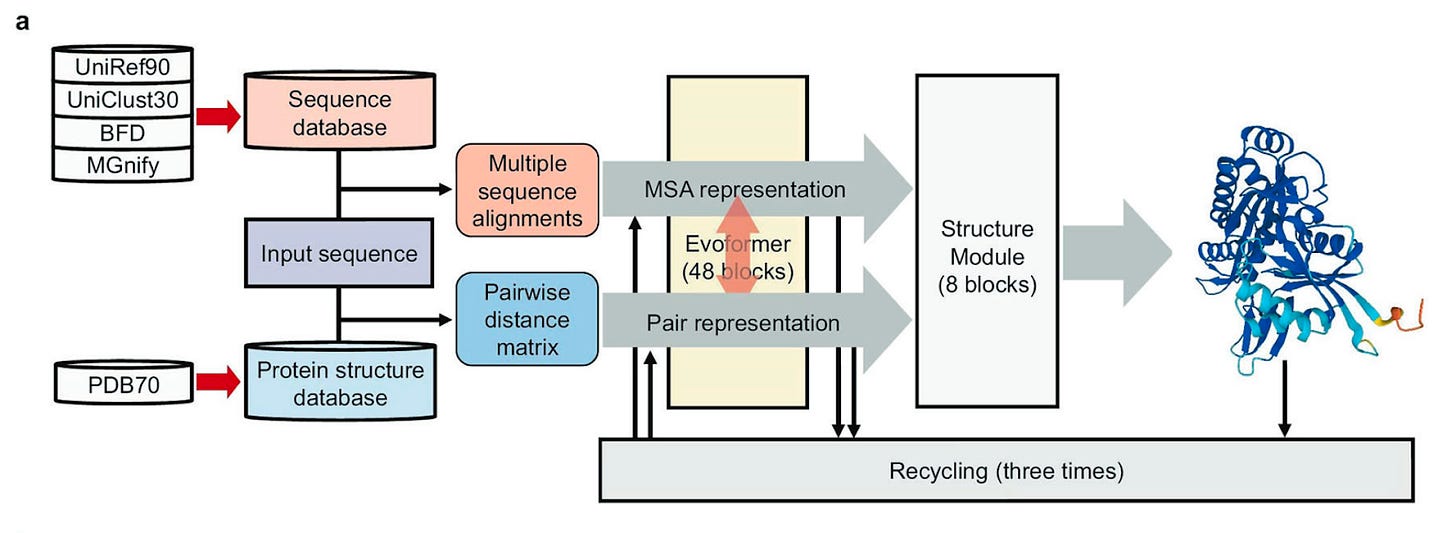

Another excellent post--the best resource for staying up to date in tech bio hands down!